Man Ray Exhibition – Art Review
Emmanuel Radnitzky. Man Ray. Masculine noun, synonymous with joy, to play, to enjoy. Wait a minute… The above photo wasn’t in the exhibition… let me change it to… La Priére, 1930 …not in it either? …Okay, how about Coat-Stand, 1920? No….must have a rayograph? None!? Le violon d’ingres, 1924? But of course! What Man Ray Exhibition wouldn’t? I jest, but one of the things that this exhibition should be understood as, is a collection of his photographic works – particularly his portraits of fellow artists, poets and writers. Man Ray, who considered himself to be a painter above all else, is shown as a portrait photographer.
Man Ray was actually a New Yorker before he moved to Paris, where his art truly flourished. Despite considering himself a painter, he reached considerable fame as a photographer. His most famous works, other than those mentioned above, include: Les Larmes, 1932; Woman with Long Hair 1929; Noire et Blanche, 1926. But he also painted: Pisces, 1938 and Observatory time, the lovers, 1934, as well as constructed many ready-mades like: Indestructible Object, 1923 and Gift, 1921. He also contributed to film with a small but influential body of work, including Le Retour à La Raison (d. Man Ray France 1924). He was strongly affiliated with the Dada movement before becoming associated with Surrealism. I would suggest that these movements brought out of him a disregard for conventional rules and the bourgeoisie, as well as a strong fondness for being playful, irrational and bizarre. Such qualities are demonstrated by Self-Portrait, 1916 in its playful use of title and its lack of rational imagery, leaving a bizarre image in place of a self-portrait. Though he was connected with these movements, Man Ray was also strongly interested in abstract forms, as well as playing with light and shadow and his own signature. For example, Space Writings, 1935, shows an abstract pattern depicted through light. Within these patterns, there includes his signature. Ironically, this is a photograph that didn’t make it to the exhibition.
The exhibition does show many of his famous works, despite all those I’ve mentioned that weren’t included. The prints included are wonderful and demonstrate quite clearly his ability to depict a person’s character and image in a portrait. Included, are Pablo Picasso, 1933; Jacques Rigaut, 1922; Jean Cocteau and Tristan Tzara, 1924; Antonin Artaud, 1926; Henri Matisse, 1922 and Surrealist Group, 1930 amongst others. Also, some of his experiments made it in the forms of portraits like Solarized portrait of Lee Miller, 1930 and Self-Portrait with Camera, 1932. These demonstrate the successes Man Ray had with the Solarisation technique. It was also refreshing to see artworks like Erotique Voilée – Meret Oppenheim, 1933 or Self Portrait, 1943 and Man Ray, 1946 that show off his playful side. The variations on portraits, however, were quite numerous and for those unfamiliar with Man Ray, there was a real chance to get to see his friends and associates, as well as many of the leading figures of the 1920’s/1930’s art world of Paris.
Faced with the abundance of art figures from the time and the very means in which they were portrayed – in an organised fashion, I couldn’t help but wonder: What would Man Ray think? Given his playful side, his willingness to subvert and his distaste for the bourgeois lifestyle (as mentioned above), would he appreciate this representation? Additionally, I couldn’t help but think about all the works that were left out. Man Ray liked to think of himself as a painter and none were present. He has contributed significantly to film and constructed many ‘ready-mades’ and yet they had little or no representation either. The focus was completely on his portraits of other people – the celebrities of the day. Portraits of whom, I have to say, are absolutely stunning! Man Ray may not have had many exhibitions devoted purely to him, but I’m not sure he’d have liked this one. As amazing as the content was, I was left feeling cheated out of the experience of Man Ray.
Man Ray Exhibition at the National Portrait Gallery Runs from the 7th February 2013 until the 27th May 2013.
Further Reading
Telegraph – A Review
Cherwell.org – A Review
Man Ray’s Signature Work – Article on Man Ray’s signature in Space Writings, 1935.
Ubu.com – Man Ray’s Films
Art Story – Man Ray
Only Old Photography – A Gallery of Man Ray Images.
Retronaut – a Gallery of Further Images
Nude Art Gallery – a Gallery of Further Images
Man Ray: Photography and it’s Double
A Cinematic Artist: The Films of Man Ray
Gallery:
- 1976.84.7 002
- 1989.55.5 001
- Cadeau 1921, editioned replica 1972 Man Ray 1890-1976 Presented by the Tate Collectors Forum 2002 http://www.tate.org.uk/art/work/T07883
- Indestructible Object 1923, remade 1933, editioned replica 1965 Man Ray 1890-1976 Presented by the Friends of the Tate Gallery 2000 http://www.tate.org.uk/art/work/T07614
- Man Ray (18901976); A lheure de lobservatoire les amoureux (Observatory Time The Lovers), 1964, after a canvas of c.1931; Color photograph; 19 5/8 x 48 3/4 in. (50 x 124 cm); The Israel Museum, Jerusalem; © 2011 Man Ray Trust/Artists Rights Society (ARS), New York/ADAGP, Paris/ Photo © The Israel Museum by Avshalom Avital.
- Man Ray (18901976); Solarized Portrait of Lee Miller, c. 1930; Gelatin silver print; 9 1/2 x 7 3/8 in. (24.3 x 18.8 cm); The Penrose Collection, Sussex, England; © 2011 Man Ray Trust/Artists Rights Society (ARS), New York/ADAGP, Paris/Courtesy of The Penrose Collection. All rights reserved.
- Pisces 1938 Man Ray 1890-1976 Presented by William N. Copley 1960 http://www.tate.org.uk/art/work/T00324

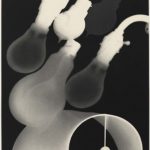
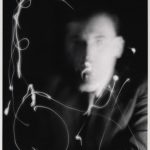
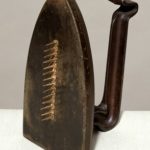
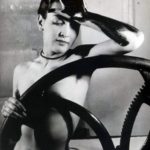
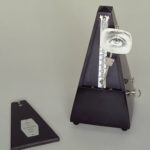
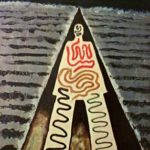
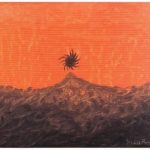
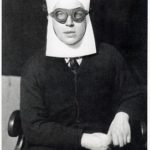
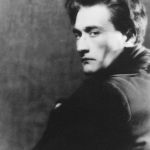
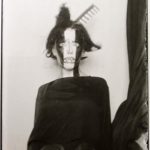
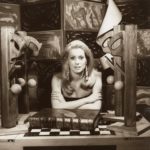

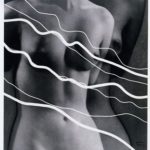
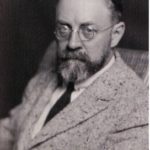
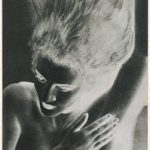
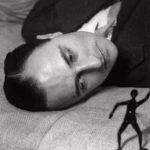
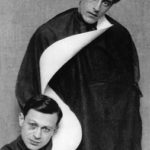
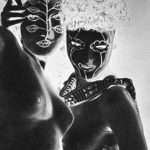
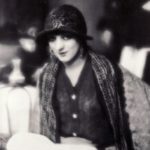
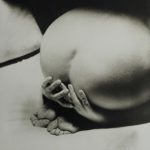
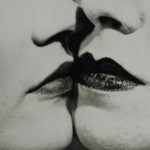
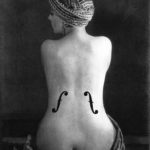
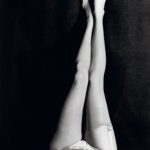

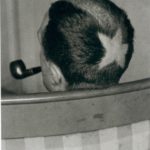
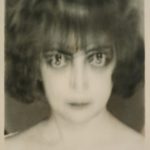
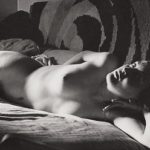
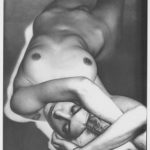
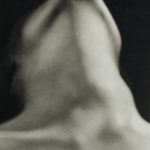
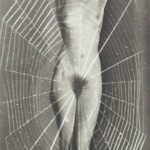
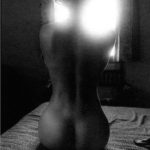
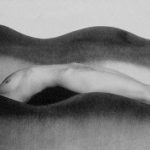
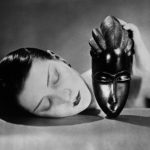
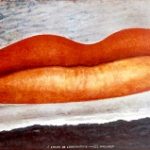
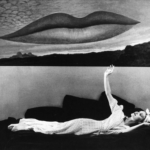

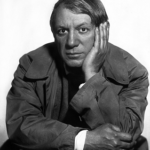
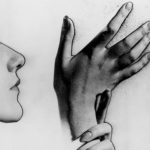

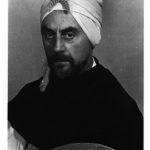
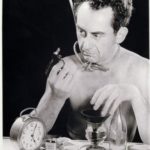
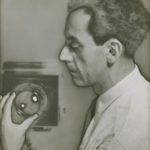
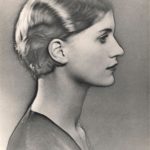

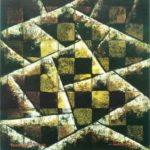
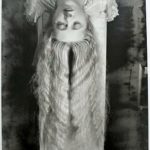
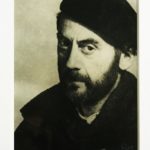
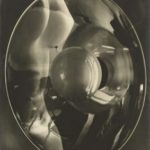
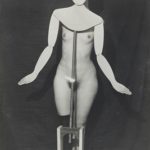

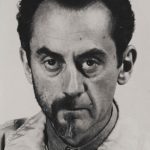
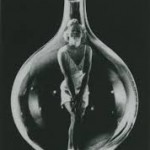
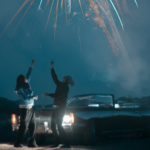




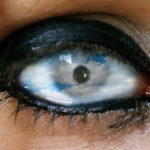
Leave a Reply